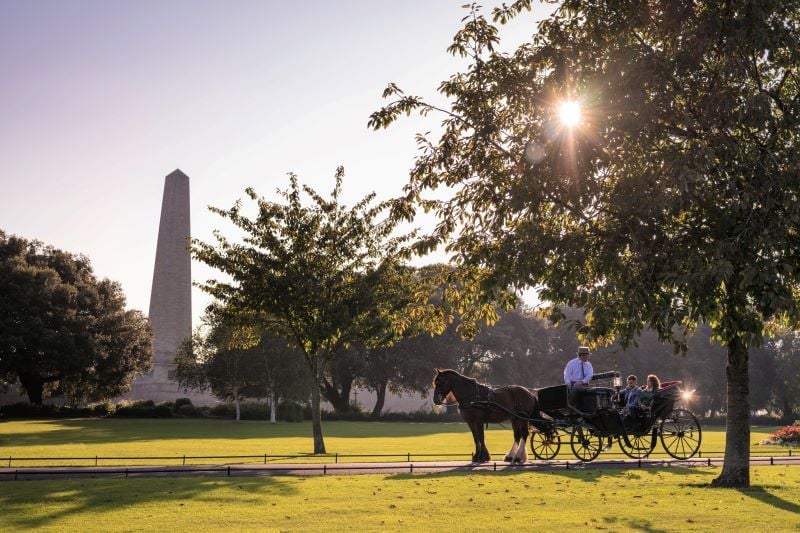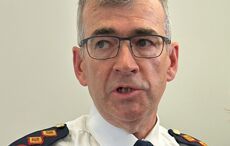Read more: Why Ronald Reagan beats John F. Kennedy as a better presdient
Read more: Ronald Reagan at 100 - remembering the most Irish of presidents
Thirty years ago this week president Ronald Reagan survived what was a very close call. Videotape of the assassination attempt released recently makes it clear just what a close-call it really was.
Retired Secret Service agent Jerry Parr was the man pushing Ronald Reagan into the limousine.
"He said, 'You treated me just like a baseball, thrown into the car,'" Parr told CBS. "As we pulled away, I could see the bullet hole in the window, and three bodies on the sidewalk. I knew, then, that it had been gunfire."
On Monday, March 30, 1981 Parr wasn't scheduled to guard Reagan; in fact he hadn't even become familiar with the new president, and he simply wanted to study his habits.
On paper it looked like routine day: a few White House meetings concluding with a speech at the Washington Hilton ballroom. But at 2:27 p.m. six shots rang out.
"The first shot, the first thing that you see, the first yell, the first scream, the first violence, you go into action," Parr said. "Cover. Cover and evacuate. Cover and evacuate. You gotta get it embedded in your head as the muscle memory."
"I think when you're a young agent, you're reluctant to do anything or just to grab him and do something with him. But I wasn't. And so it just happened to be that day. For me I hoped that it'd never come, because of what happened with Kennedy."
Two decades of gunfire targeting public figures had taught the Secret Service one lesson above-all: move fast.
That evening 25-year-old John Hinckley, Jr. was in custody, but it was hours before authorities were certain Hinckley had acted alone.
The assassination attempt had a profound effect on Reagan and it was a game changer in regard to his relationship with the American people.
Read more: Why Ronald Reagan beats John F. Kennedy as a better presdient
Read more: Ronald Reagan at 100 - remembering the most Irish of presidents




Comments